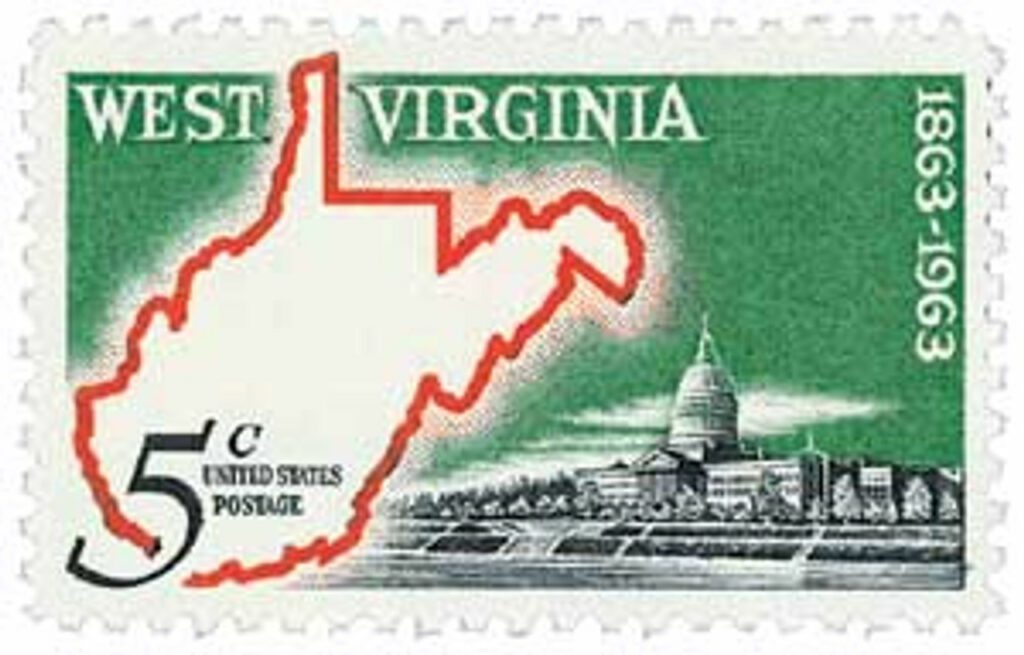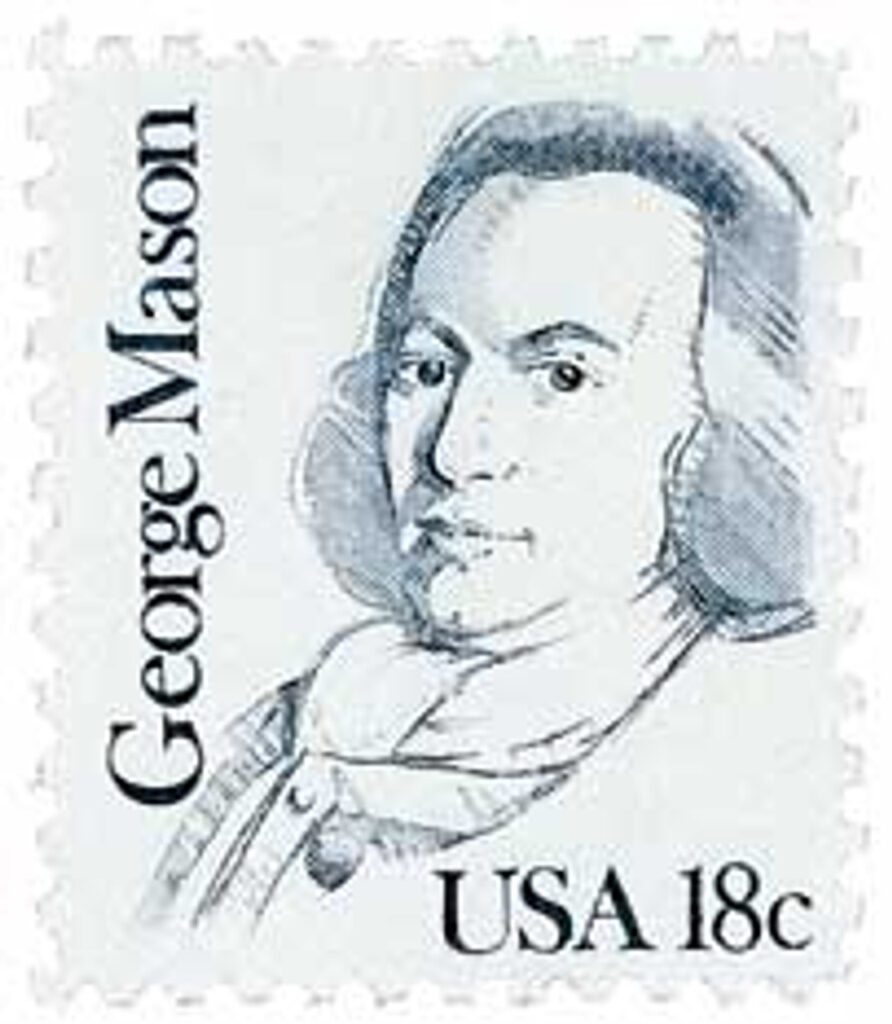On June 12, 1776, the Fifth Virginia Convention at Williamsburg, Virginia unanimously ratified the Virginia Declaration of Rights.
A little over a year after the American colonies became embroiled in Revolutionary War with Britain, there were calls for independence. So, on May 6, 1776, the Virginia Convention met in Williamsburg to discuss the issue. Nine days later they passed a resolution that would have the Virginia delegates to the Continental Congress formally petition for independence.
Part of this resolution included the creation of a committee to compose a bill of rights and constitution for Virginia. Planter, politician, and Constitutional Convention delegate George Mason had been ill and arrived late to the convention. But by the time he arrived, the committee had selected him to aid in the writing. He was skeptical that the 30-person committee could work together to create the declaration.
Though it was a collaboration with the committee, Mason is largely credited as the primary author of the Virginia Declaration of Rights and state constitution. He worked in a room at the Raleigh Tavern composing the first ten articles between May 20 and 26. Mason took inspiration from the Magna Carta, the 1628 English Petition of Right, and the 1689 Bill of Rights. The declaration is often considered the first modern constitutional protection of individual rights created in North America. It opposed the idea of privileged political classes as well as the hereditary offices seen in Britain (Parliament and the House of Lords).
The declaration began with detailing the rights of man (which was later paraphrased by Thomas Jefferson in his creation of the Declaration of Independence). From there, it went on to say that the government should protect those rights and that the people could change the government if it failed in that respect. Additionally, personal property couldn’t be taken for public use without the owner’s consent, and people had the right to a speedy trial in which they could call witnesses and evidence in their favor.
The Convention then met to discuss the declaration. They immediately questioned the opening statement, with many fearing that it implied enslaved people had the same rights as their owners. The wording was changed slightly to exclude the enslaved. Over the course of the deliberations, additional articles were added, eventually totaling 16. The declaration was finally ratified on June 12, 1776. (Mason’s Virginia Constitution was adopted weeks later on June 29.)
The Virginia Declaration of Rights was one of the most important documents of its time, detailing legal rights as well as the moral principles a government should follow, which was unusual. It was also a major influence for several other important documents. Thomas Jefferson used aspects of it when writing the US Declaration of Independence that same month. And James Madison took inspiration from it when he wrote the US Bill of Rights 14 years later. Its influence even spread to Europe, with the Marquis de Lafayette using it and the Declaration of Independence as his inspiration for the French Revolution’s Declaration of the Rights of Man and of the Citizen in 1789.

Interestingly, the western counties of Virginia called upon the Declaration of Rights decades later when the state seceded from the Union during the Civil War. The western Virginia citizens cited that the declaration stated that any change in the form of government had to be approved by a referendum. This eventually led them to break away and form their own state, West Virginia.

Click here to read the full text of the Virginia Declaration of Rights.
| FREE printable This Day in History album pages Download a PDF of today’s article. Get a binder or other supplies to create your This Day in History album. |
Discover what else happened on This Day in History.






two questions:
in breaking away from Virginia, what was West Virginia’s role during the Civil War?
can any comparisons be made of West Virginia’s constitution with the constitution of Massachusetts drawn up earlier and mainly by John Adams before he worked to draw up the constitution of the United States?
Too bad that document written by the patriots in Virginia had that flaw concerning the black slaves not having the same rights as whites. That makes it a flawed document and something only parts of can be honored.
Thanks for the great historical information.
Excellent article, I was unaware of this bit of history and the break away of West Virginia is fascinating.
Always great articles.Thanks
Believe you mean 1789 for Lafayette’s use of the Rights of Man during the French Revolution. (Rights?? With everyone going to the guillotine??) In any event, 1879 was well past his time.
It still says 1879.
Very informative article, but one grammatical error. To the right of the stamp (U.S. #1312), the second paragraph, the end of the seventh line: “It’s” is the contraction for “it is.” The correct possessive form of “it” is “its.” This is a common error made by many people. I know I am being a nit-picker, but I just thought I should note the error. I really enjoy your “This Day in History” articles. I learn something new almost every day. Keep up the good work.
The year was 1789 not 1779.